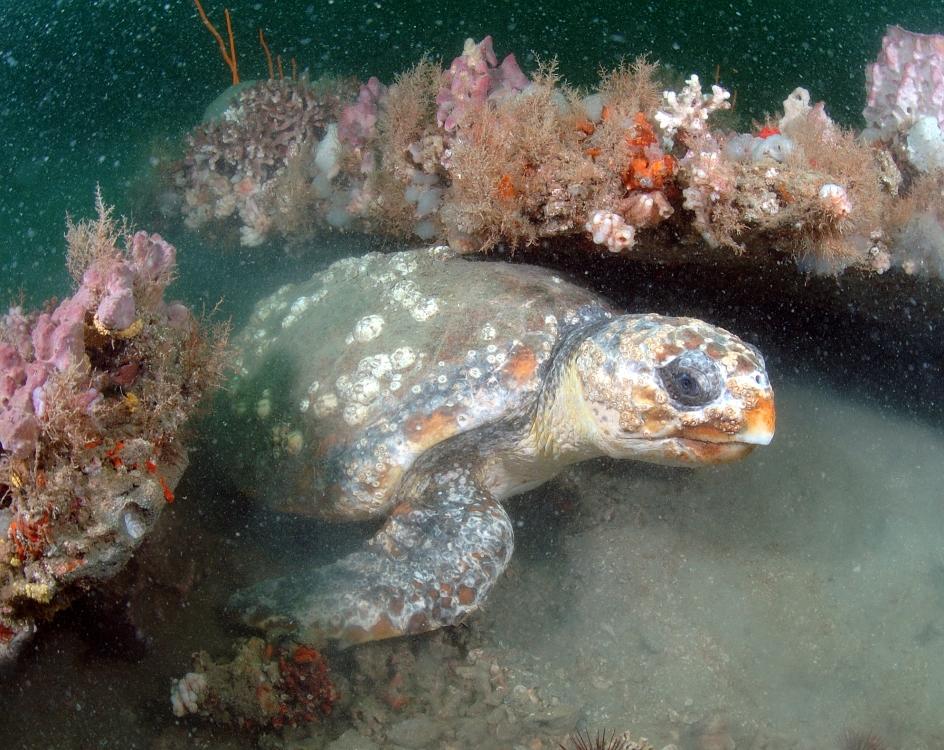
Section Branding
Header Content
Sea Sanctuary Reserved For Research
Primary Content

A section of a marine sanctuary off Georgia's coast is now designated as a marine science research area. The research area includes eight of the 22-square-mile Gray's Reef National Marine Sanctuary.
GRNMS includes submerged lands of particularly dense nearshore patches of productive ‘‘live bottom habitat’’. ‘‘Live bottom’’ refers to hard or rocky seafloor that typically supports high numbers of large invertebrates such as sponges, corals and sea squirts. It's one of the largest such habitats in the southeastern United States.
Scientists want to know how natural events affect the underwater animal and plant life in the area.
Superintendent George Sedberry says, "By having this control area where we can conduct controlled experiments we can determine what the affects of natural things like drought, and cold winters, and hurricanes might be on the habitat and on the fish population."
Sedberry says heavy fishing greatly affects the size of fish and their male-to-female ratio.
To avoid human impacts on research, no diving or fishing will be permitted within the research site. The rest of Gray's Reef will be open to fishing. Boats will be allowed to travel through without stopping.
The National Oceanic and Atmospheric Administration designated Gray's Reef the nation's fourth national marine sanctuary in 1981. It's located 17.5 miles offshore of Sapelo Island, Georgia.
Tags: fishing, Gray's Reef, Environment Georgia, swimming and diving
Bottom Content

